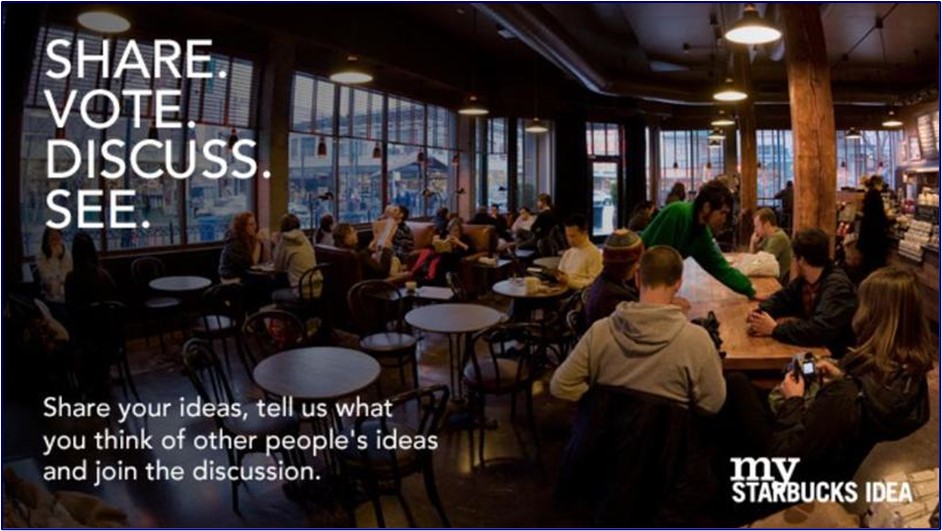As part of our Design Practice, we design and develop new service innovations on your behalf and help you to bring those to market. Each new service innovation is designed to deliver an entirely new level of value when compared to what is currently available on the market.
We leverage our expertise in Human Centered Design to design and develop services that deliver the unique types of brand experience needed to differentiate you in your markets and build on your brand promise. Because we are experienced in using the practices of HCD to deliver all types of winning service models, we ensure that very careful thought and planning go into achieving the intended outcomes, as well as reinforcing the intended brand experience.
We employ a broad Service Innovation Process that combines elements of our Emergent NPD Process with a series of key Service Design Steps (some of which draw from our Experience Design practice). We use this process for the research, conceptualization, definition, design, development, and delivery of each new service innovation. This ensures that a structured and systematic approach is followed, and that all of the work is carried out in an effective and holistic manner.
Within the broader Service Innovation Process, Emergent NPD Phases 1, 2, and 3 are completed first, and then the work of Phase 6 is undertaken concurrently with the Service Design process.
Phase 1: The Context — Characterizing the Market Environment
Phase 2: The Insights — Discovering User Needs
Phase 3: The Strategy — Speaking to the Market
Phase 6: The Plan — Crafting the Go-To-Market Strategy
Our Service Design Process involves the following seven steps:
Each of these steps are explained in further detail below.
We manage the process of moving from one phase or step to the next using this Service Innovation Process. These phases and steps are carried out sequentially but are left ‘open’ so as to integrate any new insights that are gained throughout the process. In particular, the strategy work of Phase 3 is a ‘living’ artifact that continues to evolve as it is informed by the subsequent design work.
In order to create a framework definition for the service model, we work with your team to identify and define the following nine attributes of the service offering:
To facilitate this task, we use the Legacy Innovation Service Model Framework (SM Framework), a tabulation of these nine attributes.
Subsequent to the creation of a framework definition, we develop a service experience and service blueprint design for the new service. These get layered on top of the framework definition. This activity is the real core of creating an effective, lasting brand experience for the service recipients. Creating a winning SX Design and Service Blueprint are to a service offering what ‘engineering’ is to a product offering… they establish in clear detail how the service is to be delivered and received and set in motion the actions that will ultimately determine how effective this service is at achieving its objectives.
Our approach to SX Design & Service Blueprinting takes the following steps:
The end result of this exercise is a documented SX Design and Service Blueprint that creates the best possible brand experience while achieving the desired outcomes of the service.
More detail about our approach to SX Design can be found in our Experience Design Process. Note that we are not concerned here with designing the entire customer lifecycle, but rather only those touchpoints that pertain directly to delivering this service.
To facilitate the first part of this work, we use the Legacy Innovation CX Journey Map (CXJM), a model capturing the customer's perceptions, actions, and reactions at each touchpoint of the service, as well as the front-stage and back-stage actions and domains involved in delivering those touchpoints.
To facilitate the second part of this work, we use the Legacy Innovation Service Blueprint (SBP), a tool that models, in detail, the flow of internal activities and interactions happening for the delivery of this service and each of its touchpoints.
Often, the delivery and receipt of a service is augmented by a particular product (durable or consumable) and/or other service. These augmenters can be as subtle as ‘nice little add-ons’ along the way, or as stated as critical elements of the service delivery process itself (meaning that the service cannot be delivered without them). Whatever is the case, they add value to the service and help to make its recipient's experience as impactful as possible.
We work to identify each of these augmenters and how they can each be used to optimally facilitate the delivery and receipt of the best possible service. If needed, we can also assist in the design and development of these augmenters.
In this phase, we test the service model and its SX Design / Service Blueprint in order to learn how well it achieves its intended outcome and result. From these learnings, we refine it further to ensure it achieves those outcomes and results in the most optimal manner possible.
Our validation and refinement process employs the following eight steps:
Often, so as to avoid developing a ‘learning bias’, a second, and even third, Test Subject Group (and in some cases even a fresh Test Delivery Team) will have to be identified and prepared in order to facilitate subsequent rounds of service delivery testing.
Once validation and refinement have been completed, we document the final service model, including its final framework definition, its final SX design, and its final service blueprint. This captures all of the necessary information about each step of the service process, including its delivery, receipt, and intended outcomes. It also explains, wherever applicable, the proper use of any service augmenters.
One of the key uses of this documentation is for training. It will serve as the training material for initial training of the Lead Trainers, who will in turn use it to train the actual Service Deliverers. It also facilitates practice of the service and coaching from Trainers, ensuring that Deliverers become proficient in its delivery.
As desired, we can help with the training process for training your Lead Trainers. In this capacity, we will support your team in a variety of ways, from observation and coaching to delivery of the training material where desired.
What is key here is that we have been intimately involved in the definition, design, development, testing, and refinement of this new service, such that we understand the subtleties of what you are attempting to accomplish here — including the overarching brand experience associated with the service. We therefore work to ensure that all of these aspects come through in the final delivery of the service.
Finally, as desired, we can support your team in the ‘go live’ commercialization / deployment process of rolling out this new service. In this capacity, we can help to monitor the service's reception and outcomes, and if needed further refine its service model and/or training.
Moreover, having been involved in the development of this service, we can also use this as an opportunity to help you define your next generation of services. We are pleased to remain involved with your organization as it seeks to continuously evolve its new service offerings and find new opportunities for innovation in its markets.

CEOs come and CEOs go. Some are excellent. They generally ‘get it’. Others not so much. They really ‘don't get it’. What makes the difference between these?
READ MORE
There's an insidious debate that's bounced around for probably the better part of twenty years now. It's the debate of whether or not ‘innovation is everyone's job’...
READ MORE
Innovation Spaces – which can refer to any space intentionally designed to foster and facilitate good innovation work – come in all sorts, shapes, and sizes...
READ MOREWe partner with committed business leaders to make their organizations the driving forces in their markets.
CONTACT USSign up for our newsletter.
NEWSLETTER SIGN-UP